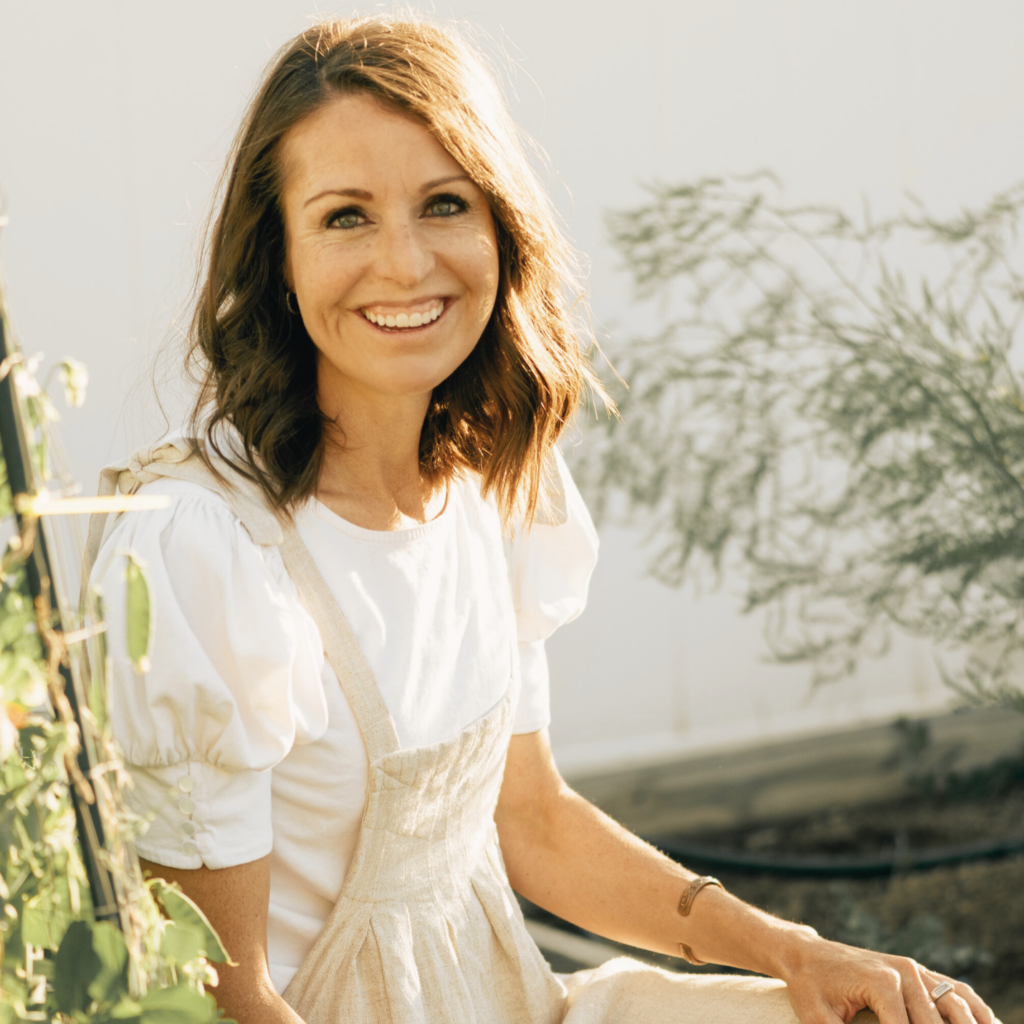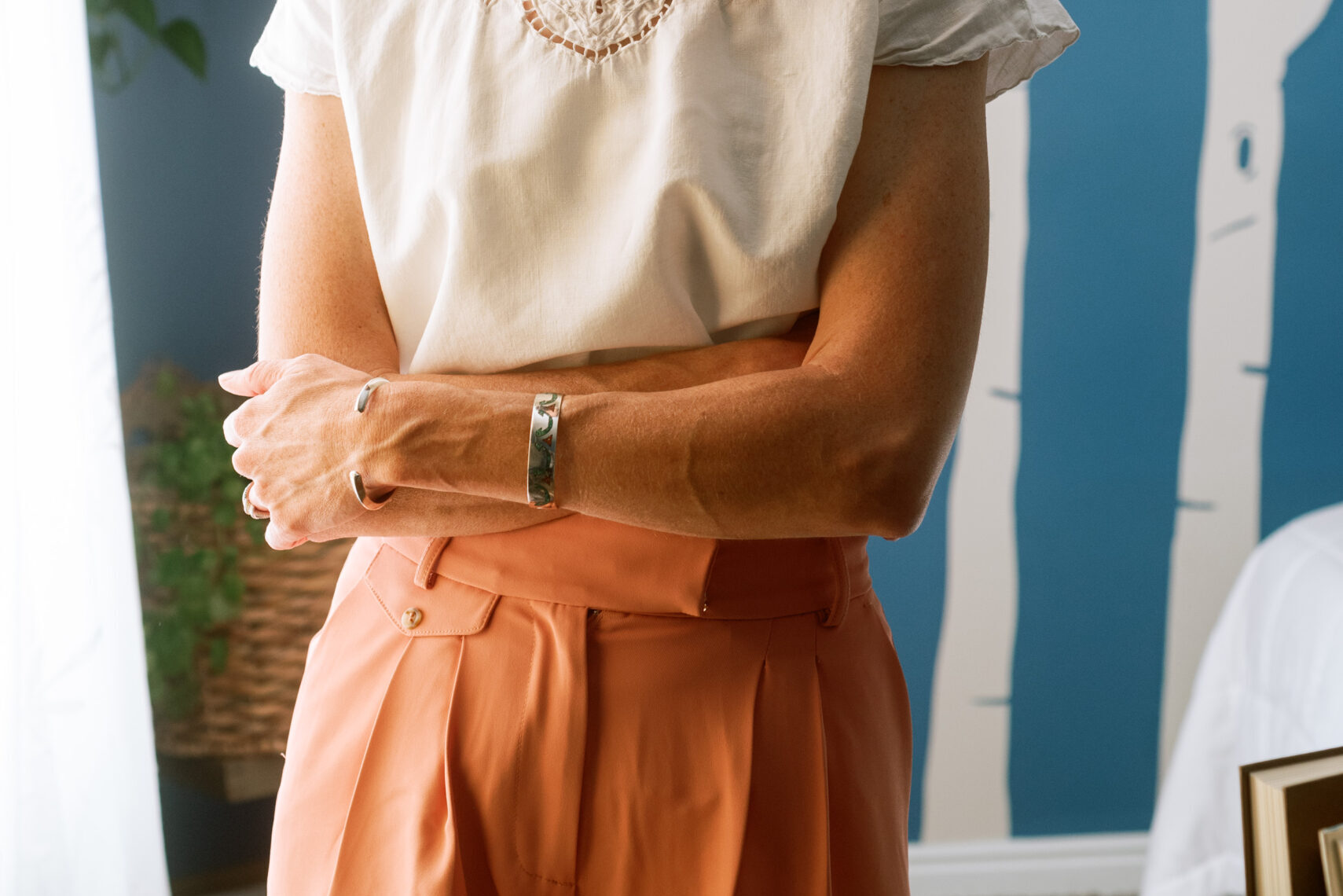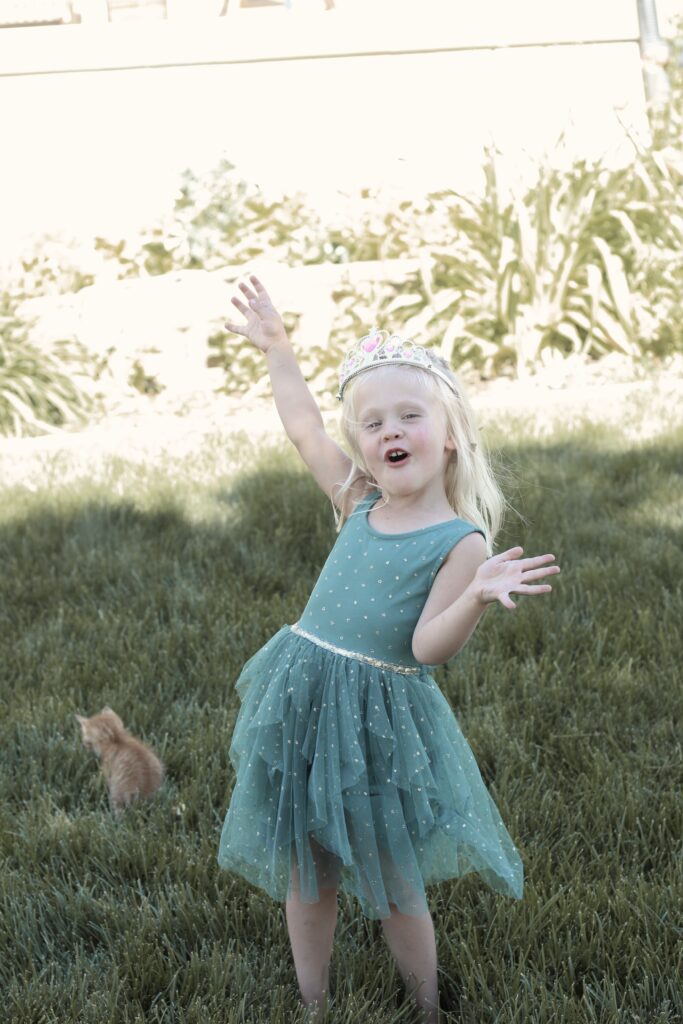Breaking Down “Modesty”
Roots and Truth
July 31, 2024
Let Me Introduce Myself
Hi there!
It’s Cami, the creator of this blog.

This blog post is about “modest dress” according to guidelines received in religious settings, and in my childhood home.
I am writing this post as I try to sift and sort through spiritual conditioning throughout my childhood, that I believe has affected the physical health of my body.
In so doing, I invite others to connect with this post, through their own lived experiences as well as exploring any held beliefs that may not feel so true around “dressing modestly”.
There is something to be held within a belief in agency, or free will, and to utilize that free will. I believe that I have the choice to change what I believe around specific subject. This subject around modesty kept bugging me in adulthood. As it did, I allowed myself to explore questions around it was bothering me, and began to unravel old truths around modesty (that may not feel so true anymore).
So please, join me through my discovery as I have learned from a variety of resources, as well as acknowledging how my own body has held to teachings that I was conditioned to believe in my youth.
In a previous post I wrote about my orientation of modesty and how it was linked to fear. I have linked it here:
3 Reasons Why Modesty Conditioning Was Hurtful to My Health
This post tells a personal story. I believe that the body holds stories. As these stories can be remembered through the tension and the uncomfortablility felt within the body. These inner stories lead to personal growth, new connections in the brain and physical healing!
So glad you are here. I believe this article will be relatable to those who are seeking connection with their body.

My Orientation with “Modesty” Through My Upbringing
While I was being raised there was a strong-unspoken boundary around clothing. This boundary was tied to religion as well. I heard so many times at home and at church that we were supposed to “dress modestly”.
Although these boundaries were unspoken, there was a culture within the church that I witnessed. The way I interpreted this through observation was: No sleeveless shirts, no stomach showing, and no short shorts.
The lines were clear and blurry.
I wore shorts to basketball practice, but I never wore a sleeveless shirt to practice (I didn’t even have one in my closet). During games it was acceptable to wear my sleeveless basketball uniform.
I worked as a lifeguard, so at the pool I wore my swimming suit top and shorts. If I came home for dinner and wore those same things as I ate, that was fine. It was my “uniform”. But I knew if I wanted to hang out with friends that evening, I knew I better put a shirt with sleeves, and longer shorts back on.
I interpreted not showing too much skin, it as being respectable to those around me.
It seems silly how my nervous system oriented to following the rules and not crossing the boundaries.
(Even though there were obvious times that I crossed the boundary because I was wearing a “uniform”.)
This confusion has brought me to a space of curiosity as I am trying to heal the unspoken stories that my body is telling me.
Stories of fearful orientations.
Stories that are keeping me from feeling like myself. With this conditioning, I feel these uneasiness around how others are viewing me. It is very dissettling feeling.
This squirminess within my own body, makes it hard to feel at home in my own skin.
The interesting thing about modesty, the way I interpreted it, is that clothing is easily seen by others. There are judgements we can make around ourselves and others, just through our simply seeing someone and the way that they are dressed that day.
These judgements or lack of judgements are made according to our own conditioning, around the clothing others are wearing. This observation begged me to start questioning why we do this!?!
The Purity of Youth
I have been observing flip side of my conditioning as I’ve been a witness to my baby girl and her clothing choices. She started to show preferences around what she was wearing around two years old. She loves dresses that twirl. She spins and spins knowing how free flowing it feels. She always comments on how her dresses are so beautiful. And I comment on how beautiful she looks in them.


The thing that I envy and love the most is that she feels fully embodied in her beautiful clothing. She moves with freedom. She expresses her feelings of love and adoration for herself through her body language.

I haven’t been able to move my body as well as she moves for over thirty years. For the majority of my life I operated in an autonomic state of freeze. Freeze is a state where someone can look like they are high functioning, but there capacity is not free because of a fear of something.
There are a multitude of reasons for me to be frozen as I participated in addictive patterns through my life, but I don’t want that to be me anymore. I would like to move more freely.
My daughter is the best example of this pure embodiment to me.

Missed Conversations
I’m really digging into this subject because I have the desire to feel like I can fully live and express in my body again. I remember that inocence of youth when I was allowed to move more fully. I believe that modesty conditioning has robbed me of some sense of freedom in my body, so I continue to explore. In this blog post I define what modesty means leaning on religious context. The post is titled:
I believe that understanding how we feel in our bodies is a healthy part of the process of developing a healthy sense of self. As I reflect on how I was raised, I accept that I was prone to follow the rules and guidelines around clothing.
And now, as an adult, I have been in a stance of shrinking and hiding myself throughout my life. These feelings both lead to feeling disembodied.
I continue to question how I was raised in this post:
3 Questions I Had Regarding My Body.
I hope you will continue reading! And let me know in the comments what you are thinking about how you feel about your own personal embodiment (if that is a term that you are familiar with.)
Lots of Love!

If you are curious about the concept of embodiment I linked an article here: The Body Holds the Healing: Embodiment is a capacity that supports a healthy relationship with our bodies.
Sources:

Leave a Reply Cancel reply
© roots and truth | All rights reserved | Site design by linsey rhyne co.